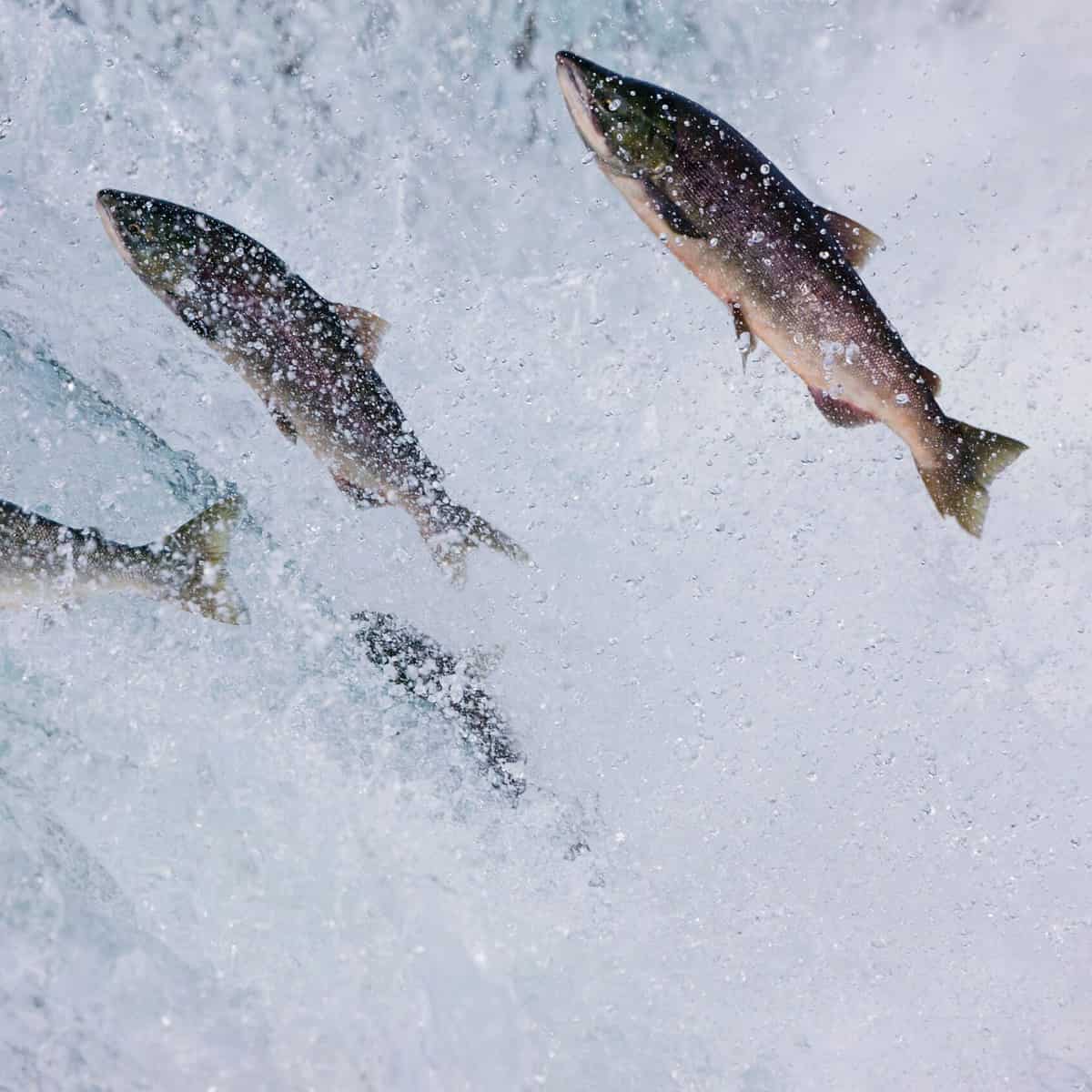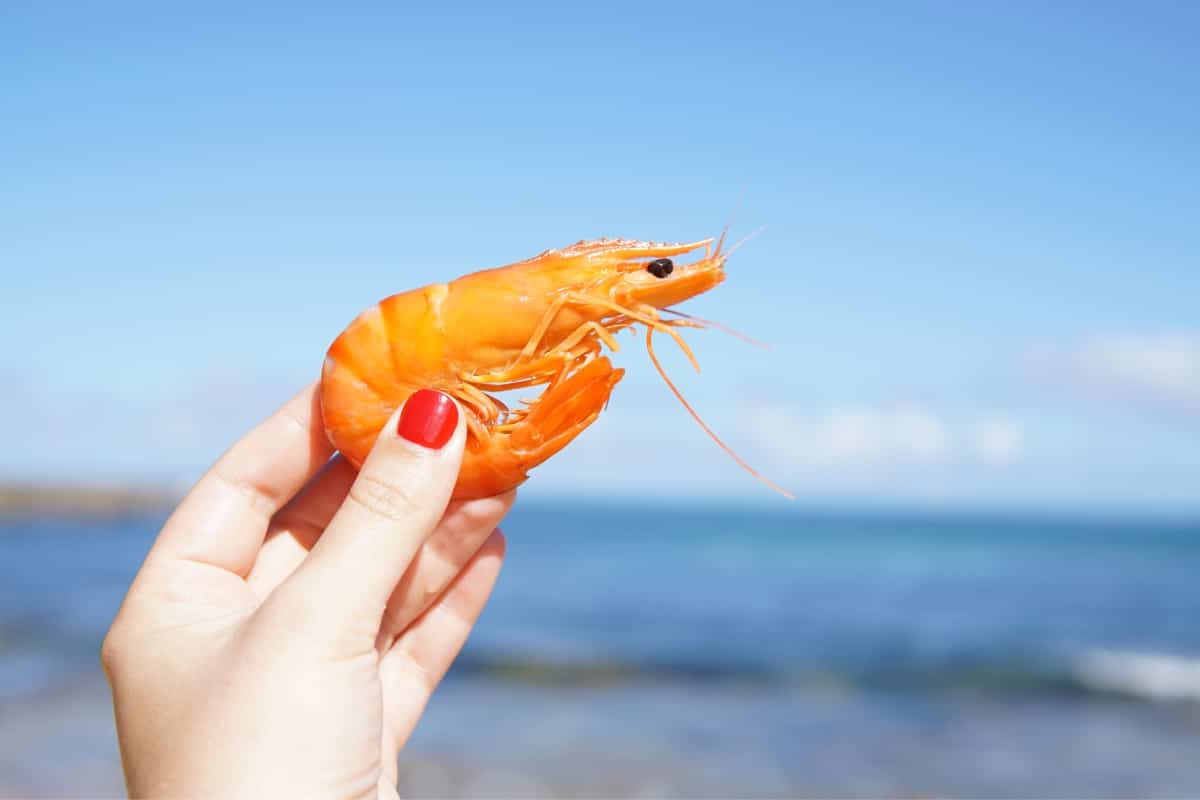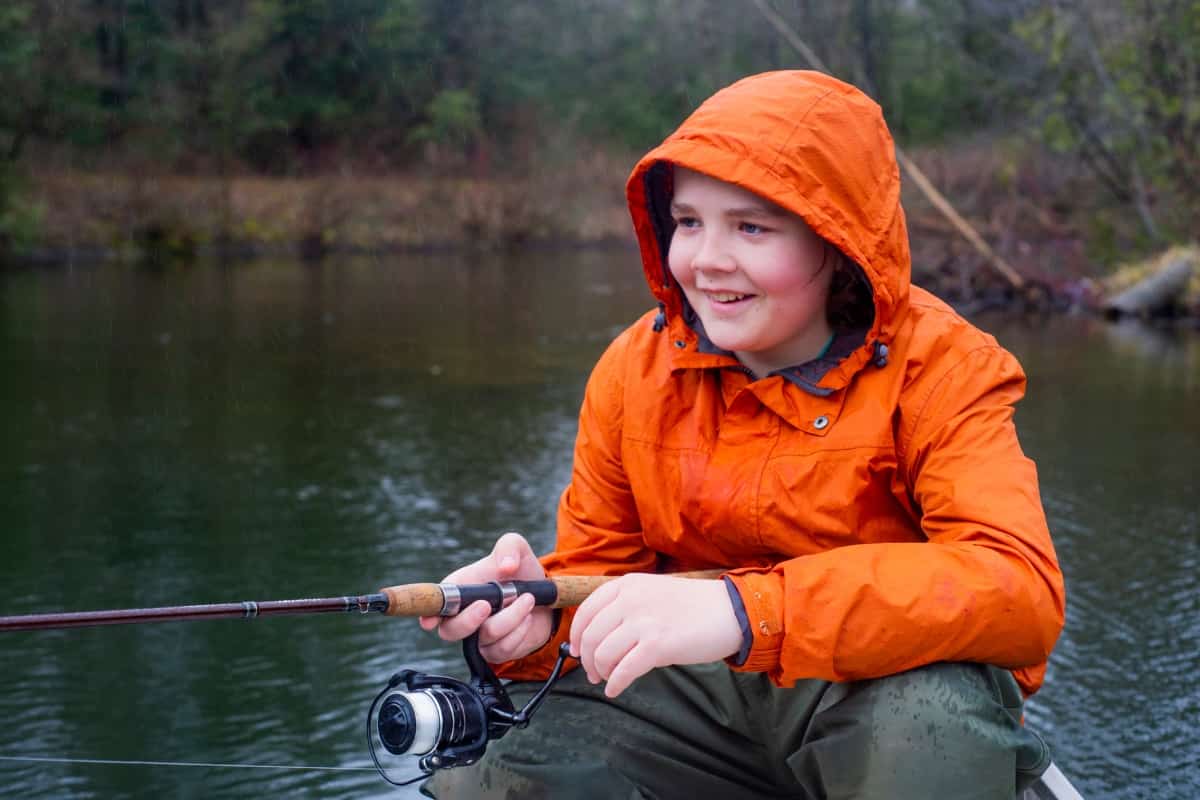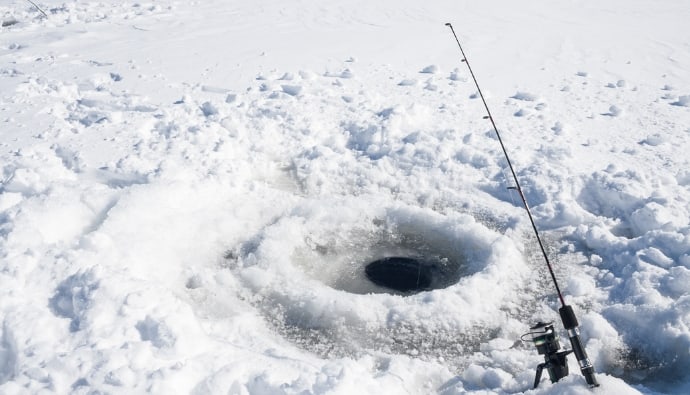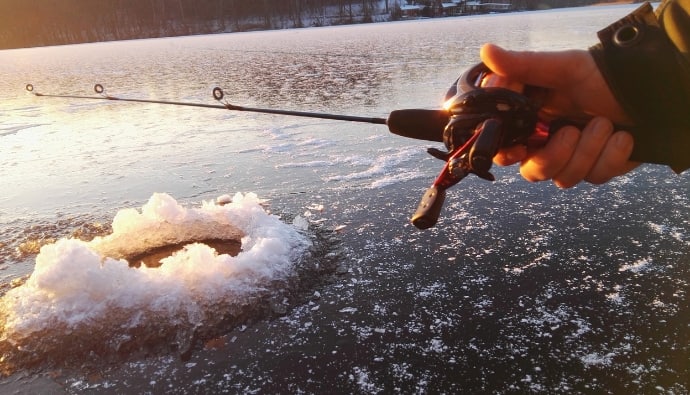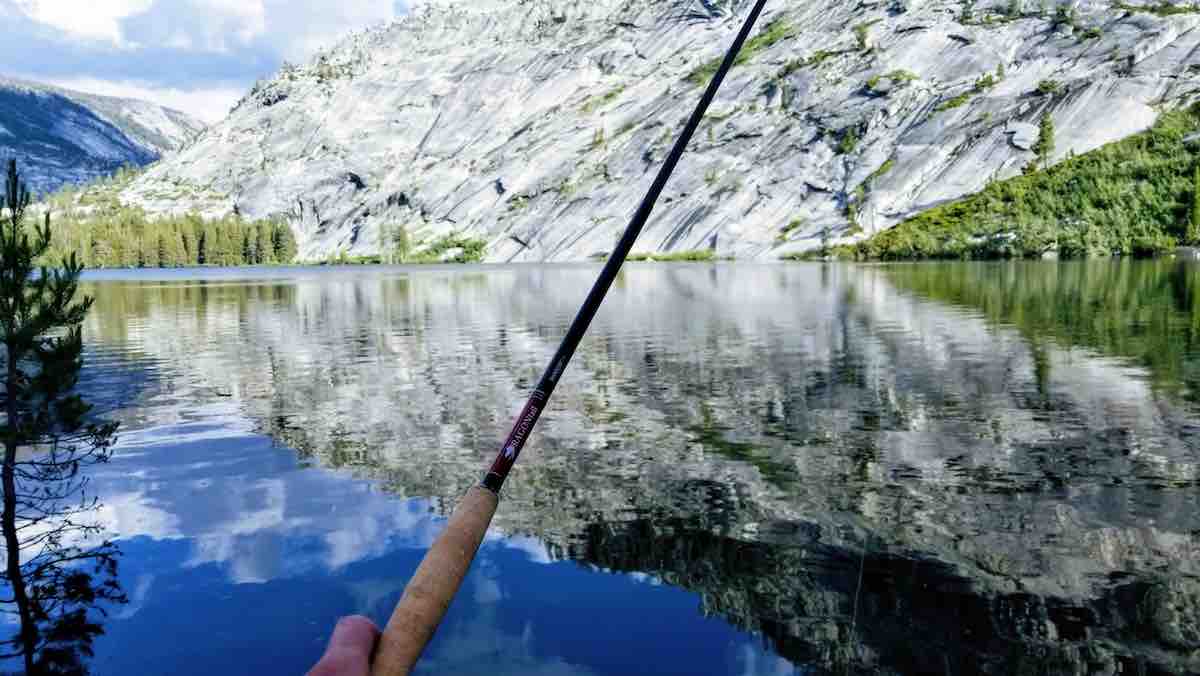Ice fishing in Wisconsin is a popular pastime, with anglers targeting various fish species such as walleye, panfish, bass, and northern pike. Prime locations for ice fishing in Wisconsin include Green Bay, Lake Winnebago, and the Wisconsin River. Before heading out, make sure to check local regulations and obtain any necessary licenses for ice fishing in the state. To maximize your chances of a successful ice fishing adventure, bring essential equipment like a fishing rod, ice auger, and appropriate baits and lures. When venturing out onto frozen waters in Wisconsin, remember to wear warm clothing and always verify the ice thickness for safety.
Wisconsin offers excellent ice fishing opportunities to anglers from all over the world. Here is everything you need to know about ice fishing season in Wisconsin.
Best Places for Ice Fishing in Wisconsin
Ice fishing in Wisconsin is fun as there are plenty of species you can bring home for dinner. Here are the best ice fishing lakes and rivers you should visit in your next ice fishing adventure.
1. Black Oak Lake
The lake is located in Vilas County and is among Wisconsin’s best ice fishing spots. Black Oak Lake is home to different fish species, including the walleye, trophy musky, largemouth bass and smallmouth bass, lake trout, panfish, and northern pike.
This 564-acre lake is surrounded by hundreds of wild rivers and glacial lakes, making it a great fishing spot. You can access this lake via a boat on County Highway B.
2. Lake Winnebago
This lake is a perfect destination for Wisconsin anglers who want to catch different species. The most popular species include white bass, perch, walleye, and sturgeon. During winter, these species roam in deeper water along the weed edges.
Be careful when fishing here because some unmarked sandbars and reefs are hazardous. In addition, the weather here keeps changing, and you should always observe it when ice fishing.
3. Boom Lake
Rhinerider the best Ice Fishing Capital in the world, and Boom Lake is located here. This lake is located along the Wisconsin River and hosts different fish species, including northern pike, walleye, panfish, musky, and bass.
The lake is surrounded by great lodges and resorts that make your ice fishing getaway affordable and comfortable.
4. Green Bay
Green bay is a large water body occupying around two million acres of land. This lake is a Lake Michigan basin, offering a great ice fishing spot to anglers seeking to catch different species. Some of the best catches here include the trophy walleye and whitefish.
When ice fishing here, ensure you carry a heavy action rod and a good fishing reel because walleyes are finicky biters and fighters. Also, ensure you dig your ice hole on shallow rocky shoreline breaks or deep offshores because that is where they usually hide.
5. Green Lake
This lake is also known as the Big Green Lake. It is among the deepest lakes with a wide-open shoreline and is home to plenty of pikes, walleye, crappies, muskies, and bluegill.
This lake’s most popular ice fishing spots include the Fox River, Sturgeon Bay, and Oconto. When ice fishing, ensure you use live bait to attract walleye and tip up if you’re targeting pike and muskie.
Moreover, there are several resorts near the lake that provide accommodation and also rent out ice shanties. These resorts also have professional guides to help you navigate the lake.
6. Dairyland Reservoir
Dairyland Reservoir is located along the Flambeau River. This reservoir is home to several species, such as crappie, walleye, bass, bluegill, and pike.
Remember, there are catch-and-release regulations for bass species here, and you should check with authority before venturing out.
Other lakes to go ice fishing in Wisconsin include Lake Alice and Geneva Lake.
Popular Fish Species in Wisconsin
When ice fishing in Wisconsin waters, there are numerous fish species you’ll come across. Here is a list of the most popular species caught here.
Yellow Perch
Some ice fishermen target yellow perch because they are tasty and can be found in almost all water bodies in Wisconsin. Jumbo perch, like hiding in the bottoms of the largest lakes, but you can still find smaller fish near the shore.
Perch like feeding on plankton, worms, and minnows. To increase the chances of catching a perch, ensure you drill more than one hole and use lightweight bobbers to attract them. To make your work easier, use FishFinder to locate their schools.
Northern Pike
Most water bodies in Wisconsin host healthy populations of northern pikes. When targeting the northern pike, ensure you drill multiple holes and use tip ups to notify you when the fish bites.
You can ice fish for northern pike any time, as they remain active throughout the day. They like living in shallow waters less than five feet deep, so ensure your ice fishing bait or lure is not too deep.
Walleye
Unlike other species, walleyes are active during winter months. They like feeding in low-light periods, and you can find plenty after sunset or sunrise. They also remain active at night, and you can ice fish for walleye if you prefer to go fishing at night.
Walleyes like hiding near gravel bars, rocky drop offs, weed edges, and mid-depth mudflats with a depth of about 2o feet of water. Sometimes, you’ll need snowmobiles or airboats to reach where walleye schools are.
Live bait such as minnows and worms works best when targeting walleyes. If ice fishing at night, ensure you use glow-in-the-dark lures to attract them.
Bluegill
Bluegills never disappoint when it comes to ice fishing in Wisconsin. You’ll find plenty of bluegills in bays where the water is shallow. Ensure you set up your ice fishing gear near the weed beds because that’s where they like feeding.
Jigging works best in attracting bluegills toward your bait but ensures you jig gently to avoid scaring them away. Alternatively, you can tip your lure with mealworms or waxworms to induce a bite. Remember, bluegills bite lightly, so you should use a light tackle.
Equipment and Gear
You need to carry the right fishing gear when ice fishing in Wisconsin to make your ice fishing trip as fruitful as possible. Here is the list of things you should have when going ice fishing.
- Fishing rod, reel, and lines
- Ice Auger
- Chisel
- Ice Shanty
- Tip-up
- Portable Seat
- Skimmer
- Sled
- Baits and Lures
- Propane Heater
- Plastic bucket
When going ice fishing in Wisconsin, ensure you wear warm clothes.
Regulations and Restrictions
Wisconsin anglers flock to different lakes and rivers every ice fishing season, hoping to catch their favorite fish species. However, the fishing population is protected here, and you must have a valid fishing license.
Also, you’re not allowed to use live minnows in some lakes, so check the recommended lures and baits allowed in the specific water body you’re visiting.
Always check with the local regulations about the legal minimum length you can catch in that particular lake or river. For example, Dairyland Reservoir has rules that only allow catch-and-release for bass species.
Tips and Techniques
If you’re planning to go ice fishing in Wisconsin, you can use several tips and techniques to increase your chances of catching more fish.
If you’re targeting bluegills, ensure you use teardrop lures tipped with live minnows. Ensure you jig the lure gently to attract them toward your bait.
If you want to catch yellow perch, ensure you jig for them at an average depth of 35 feet. You can also use weighted ice flies or insect larvae to attract them to your bait.
Walleye and northern pikes like hiding along shallow bays and shorelines and can be attracted by tip-ups rigged with worms or minnows. Always check the fishing regulations, as some lakes have restricted the use of minnows to prevent the spread of Viral Hemorrhagic Septicemia (VHS).
Best Time of the Year
Ice fishing season in Wisconsin varies because some lakes experience early ice while others take time to freeze. Typically, most ice fishing spots are safe from mid-December until Early April.
If you’re targeting trout and perch, the best time to go ice fishing is just around sunrise and sunset. Walleyes and crappie are pretty active in the dark, and you can catch plenty of them late into the night. Bluegills are in plenty during the day, but they are more active in the afternoon.
Conclusion
Winter fishing in Wisconsin is fun as there are great ice fishing lakes and rivers you can choose from. The most popular fishing spots include Lake Winnebago, Boom Lake, Black Oak Lake, and Dairyland Reservoir. These water bodies are home to popular ice fish such as northern pike, panfish, bass, and walleye.
When ice fishing here, ensure you check the local regulation, licensing, and all requirements to avoid being on the wrong side of the law. Also, check the recommended season for ice fishing, and know the best time to catch your preferred species.
Remember, most ice fishing waters in Wisconsin are safe from mid-December until Early April, but ensure you check the ice thickness before venturing out for safety purposes.





 Facebook
Facebook YouTube
YouTube
